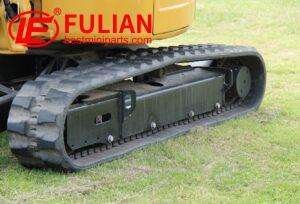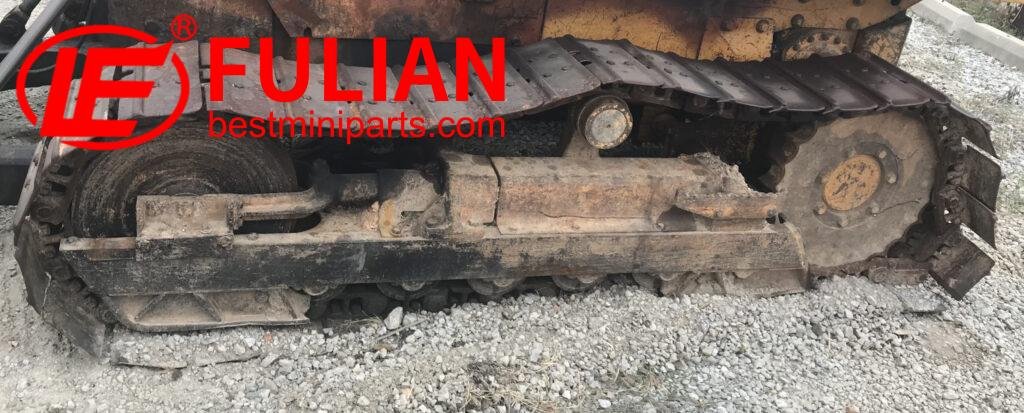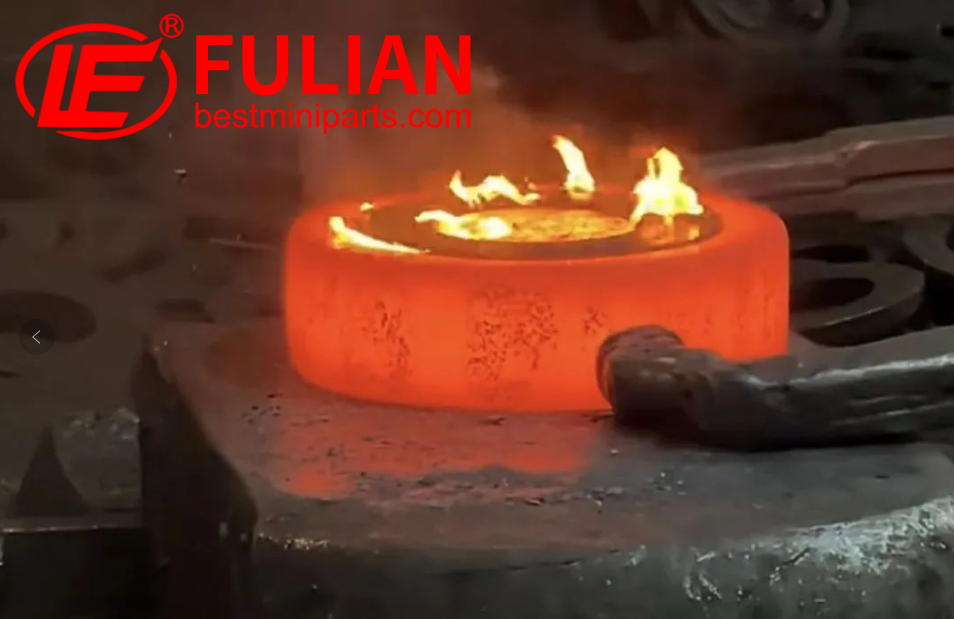Selecting the right type of tracks for your mini excavator is integral to achieving maximum efficiency and longevity in your operations. The common materials are steel and rubber, each with its advantages and drawbacks. Here’s a comprehensive guide to help you make an informed selection.
Steel Tracks: Durability Meets Strength
Renowned for their robustness and strength, steel tracks are ideal for heavy-duty jobs and uneven terrains. They withstand harsh environments and deleterious objects, ensuring the excavator can manoeuvre even on sloped or muddy landscapes.
However, steel tracks are heavier, leading to increased fuel consumption. Additionally, due to their aggressive grip and hardness, they may cause significant damage to delicate surfaces such as lawns or finished concrete. Therefore, the application of mini excavators with steel tracks necessitates careful consideration.
Rubber Tracks: Balance of Softness and Resilience
Rubber tracks, on the other hand, offer a softer touch. Their compatibility with fragile surfaces minimizes potential damage, making them suitable for urban or landscaped environments. They also provide a less abrasive grip, reducing resultant vibrations and offering a smoother ride. This balance between softness and resilience ensures decreased wear on the excavator’s components and less operator fatigue.
Nevertheless, rubber tracks are susceptible to damages when used in highly abrasive conditions. Issues like cutting and stretching may occur, especially when exposed to harsh chemical compounds or extreme temperatures, thus leading to more frequent replacements.
Making a Decision: Steel or Rubber Tracks?
Your work environment acts as the chief determinant in the decision-making process. If you frequently work in rugged terrains with heavy-duty tasks requiring utmost strength and grip, steel tracks are a fitting choice. Conversely, if your job demands operation in areas requiring surface preservation or entails less aggressive tasks, you might want to gravitate towards rubber tracks.
Lastly, it is essential to undertake a cost-benefit analysis when choosing between steel and rubber tracks. Despite higher initial costs, steel tracks can bear lower long-term expenditures due to their extended lifespan and lower replacement frequency in demanding conditions. Conversely, if working in less abrasive conditions and on fragile surfaces, the lower upfront costs and mitigated surface damage expenses of rubber tracks might be a more cost-effective choice.
To conclude, there is no definitive answer to whether steel or rubber tracks are more suitable for operating a mini excavator. Balance your decision based on work environment, project nature, and long-term costs. As always, a rigorous maintenance routine will prolong the lifespan of your selected tracks, further enhancing your excavator’s efficacy and your investment’s value.
Fulian Operation Team
2024.6.1





